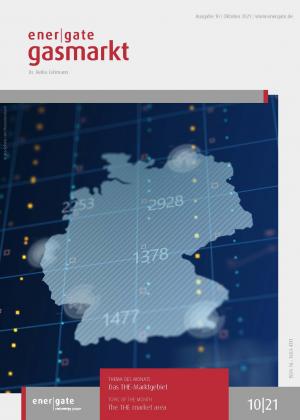From October 1, gas Germany will finally be united. This means, dear readers, that when you have this edition in your hands or on your electronic desk you will already know whether the start was smooth. Torsten Frank and Sebastian Kemper, two of the managing directors of the no longer brand-new market area manager Trading Hub Europe are quite optimistic that everything will work fine from the beginning. As a side note: THE, as a company, is no longer brand new, as it already started operations on June 1 and is currently operating the two market areas.
All preparations, including all necessary IT adjustments, are finished. It will be exciting to see whether system-control trading and access to the VHP portal will work smoothly on October 1: “For the first time, system-control energy management for the whole of Germany will be organised. This is certainly something exciting”, Mr Kemper remarked. With the THE kick-off, the former GASPOOL (and now THE) dispatching team headed by Heiko Bock is responsible for the whole system-control energy trading. The system-control energy products were different in both market areas and the new product portfolio is partly still unknown for Mr Bock’s team.
Although both managing directors are confident that everything will work, they both acknowledged the complexity of the merger process: “It was a challenging time”, Mr Frank emphasised. “Fourteen instead of eight dispatchers are an organisational challenge”, Mr Kemper mentioned as one example. The new programming necessary for the IT systems for system-control energy trading was one of the other examples the two managing directors mentioned.



